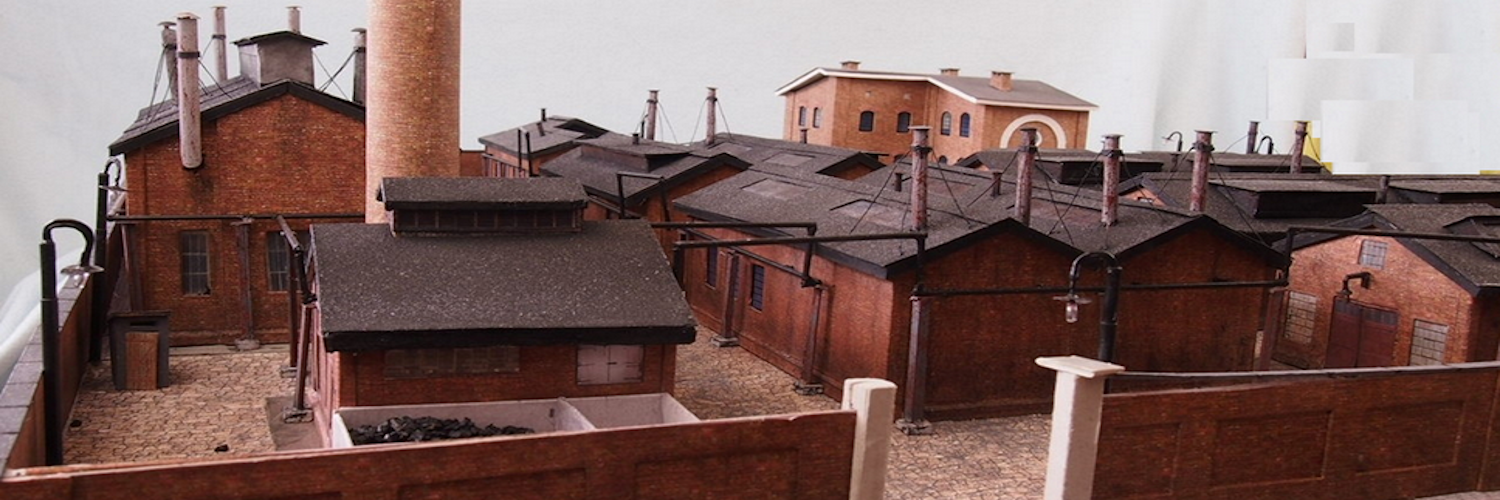How to make a thunder and lightning storm using a 12 volt LED bulb for the lightning flash.
The system is based on an auto starting mini mp3 player and an Arduino Mini micro controller To this you can add multiple 12 volt LED light bulbs.
 The project utilizes a circuit board with a lightning controller and thunder sound player. An image is to the left.
The project utilizes a circuit board with a lightning controller and thunder sound player. An image is to the left.
 And to the left is an image of a 3d model of how the circuit board looks when all the parts are in place.
And to the left is an image of a 3d model of how the circuit board looks when all the parts are in place.
Materials Required
Arduino mini pro 1
DFPlayer Mini 1
IRF540N Mosfet 1
2 Pin Screw Terminal 7
32 GB SD card 1
DuPont Pin Sockets 2
Pin Headers 2
Speaker 1Resistor 270 OHM 1
Resistor 10K 1
Note that the SD Card is loaded with thunder sounds and the Arduino mini pro is fully programmed
Assembly
All connections between parts are made via traces on the circuit board.
The circuit board shows exactly where the elements are placed on the board,
So it is a simple matter of inserting the parts, soldering them in place with a fine point soldering tip on which there is a minuscule drop of solder and finally trimming off any protruding wires or pins to a comfortable length.
The screw terminals come as 2 pin units. They are designed to be joined by using the slots on each side. So, for example to make a 4 pin screw terminal, join two two pin terminals.
The Arduino board comes without pins. Cut pin headers to proper lengths and solder them in place.
The pins on the DFPlayer and Arduino board (now with pins you just soldered on) connect to the circuit board via Dupont pin sockets. Cut the pin sockets to length and insert the pins into the sockets.
The sockets will be soldered to the circuit board. With the pins or the DFPlayer and and Arduino board inserted, you can be sure that the pin sockets will be vertical when soldered to the board.
Now add all the elements to the board and solder in place.
The SD card is loaded with the recommended sounds for this project. If you wish to use different thunder sounds, this page shows how to load them on the card .
The Arduino mini pro is fully programmed.
Operation
This storm is controlled by a manual switch. The connections are labeled Switch . To control it via another micro controller just connect the trigger from that controller to the switch . That switch is usually located on a control panel which is likely to be some distance from the circuit board.
Attach the speaker to S+ and S-. The + and – match those on the speaker. Speakers have an upper limit of 3 watts.
If you wish more volume, add a 5v amplifier. How to do that is here.
TX and RX are connections for a Bluetooth module. By using such a module you can play sound on a Bluetooth speaker that you place at a removed location. How to do that is here.
Connect to a 5 volt power supply via the labeled terminals.
You connect a 12v power supply where indicated.
The Mosfet included in the parts can pass enough current for you to add two or three 12v LED light bulbs. Just wire them to the same terminal. You can also use standard LEDs.
Feedback
Please let us know if this page has been helpful And if you have questions or suggestions, use this spam free system.

